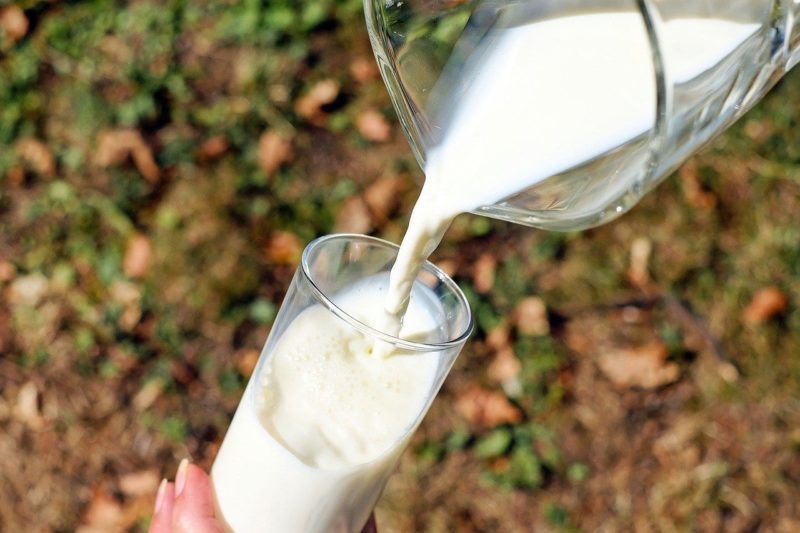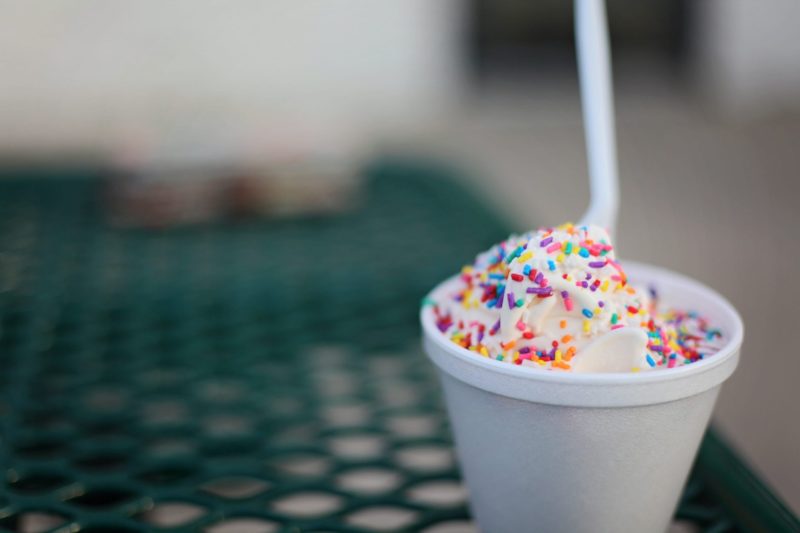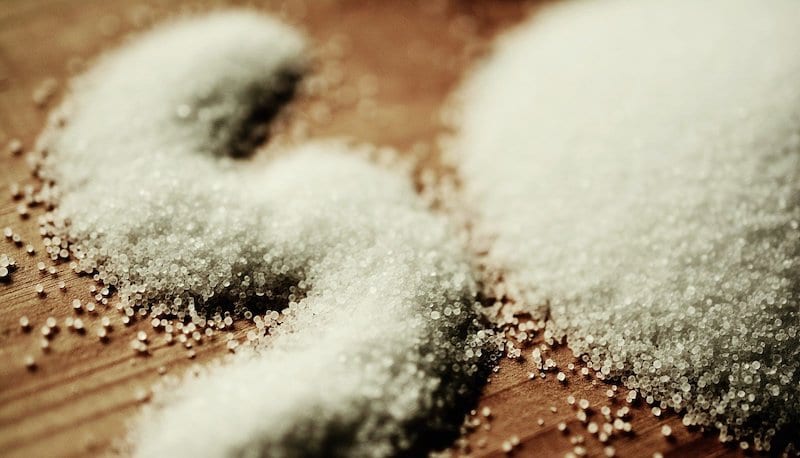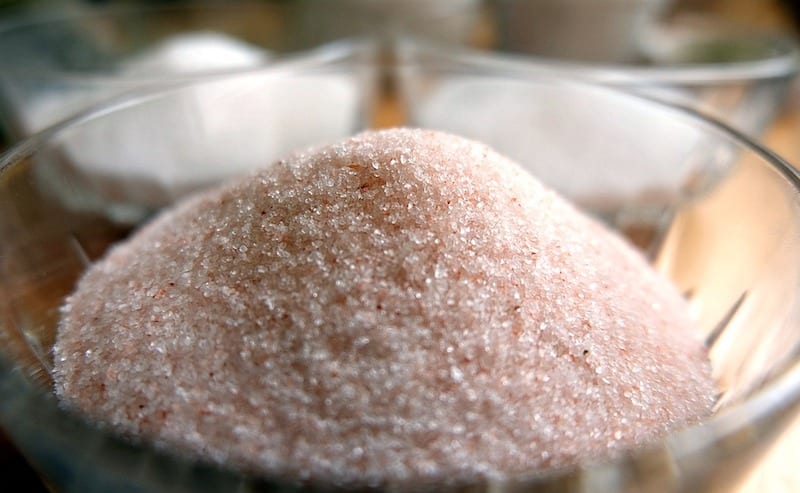Canadians have a much different way of consuming a classic component of American cuisine.
Take a walk down a Canadian grocery store and you may wonder what’s inside that gigantic bag that weighs nearly 10 pounds. Could it be rice? Or how about flour?
Nope, that would be milk. Inside the bag are actually three bladders of milk. Most people place the bladder inside a pitcher, snip a corner and pour for consumption.
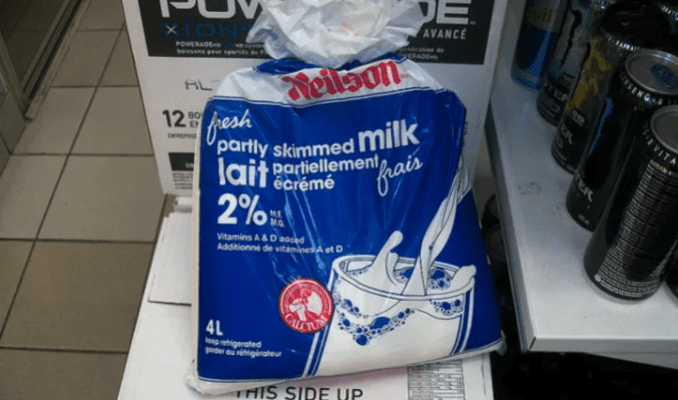
Photo Credit: fw_gadget, Flickr // CC BY-SA 2.0
So what’s the reason behind the prevalence of milk in bags in Quebec and other parts of Canada?
As usual, the difference can be explained by science.
Photo Credit: Pixabay
During a period where glass bottles often broke and resulted in wasted product, Canadians resorted to a different solution thanks to their use of the metric system.
Because liquids had to be sold in liters, manufacturing plants would have needed to make radical adjustments to meet the new requirements.
However, bags did not require such an extensive overhaul.
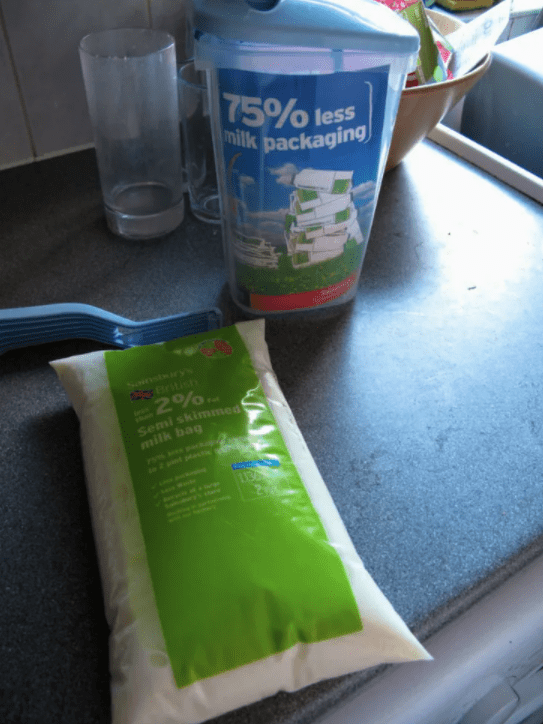
Photo Credit: Andrea Vall, Flickr // CC BY-ND 2.0
Plus, they produced less packaging waste.
By the late 1970s, four-liter packages of milk became the standard in Ontario, and customers continued to pick up on the trend.
Photo Credit: Pixabay
In fact, milk served in bags has started to make its way to other parts of the world. You can now find bagged milk in South Africa, Hungary, and China.
Even a school in Nebraska started serving kids milk packaged in Capri Sun-esque pouches.
Photo Credit: Pixabay
No matter how you consume your milk, it’s best to keep it fresh. So whether you’re a bottle loyalist or you’ve broken the mold and gone with the bag method, at least you’re following mom’s orders to keep those bones strong and healthy.
Have you ever drank milk from a bag or pouch before? Would you try it out even if you drank bottled or cartoned milk your whole life?
Weigh-in in the comments below!
The post Here’s the Science Behind Why Canadians Drink Milk in Bags appeared first on UberFacts.
